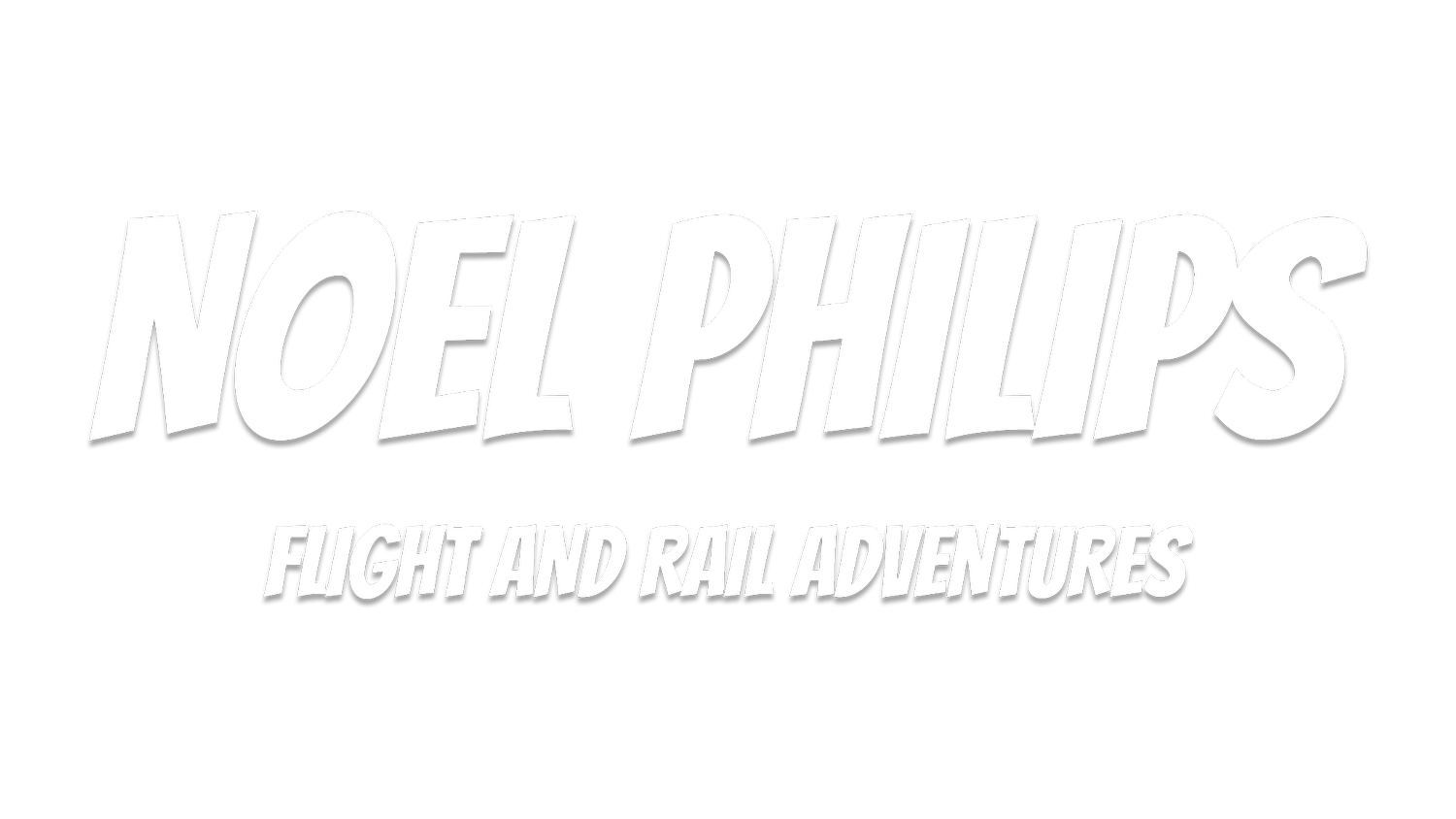FAQs
How does Noel Philips make money?
I’m a full time content creator and travel reporter. This means my job is to create content for YouTube and Facebook. Most of my income (around 80%) comes from advertising revenue on the videos – with a further 15% coming from video sponsorships, and the remaining 5% between Patreon donations and sales of merchandise. After expenses are taken care of (an aviation channel is not cheap to run!) this leaves me with a modest salary.
How does Noel Philips pay for his flights?
I pay for all of my flights myself, usually at regular prices. The cost of the flights is just an operating expense of the business. That said, I do use several techniques to get my flights as cheap as possible – you can join my mailing list to hear some of them. Very occasionally an airline may offer me a complimentary seat. When this happens, I ALWAYS refuse, and buy a ticket myself, unless this is a special event such as a delivery flight or a special occasion where I wouldn’t ordinarily be able to book a seat.
Why don't you fly in Economy/Coach more often?
Around 60% of my flights are in economy. Additionally, when I’m not filming, I’m more often than not in the back (I’m a tight northerner, I have to justify paying more money – and will only usually do that when I can film). I’ve flown many long flights in economy, including some of my most popular videos. I try to travel on low cost airlines as often as I can, as it helps keep me grounded - and helps me to appreciate the good times when I can fly in business class.
How often do you fly? You must be away from home a lot.
I take one trip to film every few months. Then I’m usually away for around 2 weeks, when I’ll film around 2-3 months of content to edit and release while I’m home with the family. Compared to when I worked in IT, when I was away for 3 weeks of the month, then I’m actually home a lot more now than I was then.
Why don't you get a proper job?
I had a ‘proper job’ for over 20 years, with a career in IT. Giving up that stability to be a full time content creator was not an easy decision, but was a necessary one to A) pursue a career in an area I love and B) be around to see my children grow up. Running a business as a content creator isn’t necessarily an easy ride. I still have a company to run, staff to manage and pay, accounts to balance, and I end up working longer hours than I ever did in IT. But the rewards for doing that are immense – and being home to see my children grow up is well worth it.
